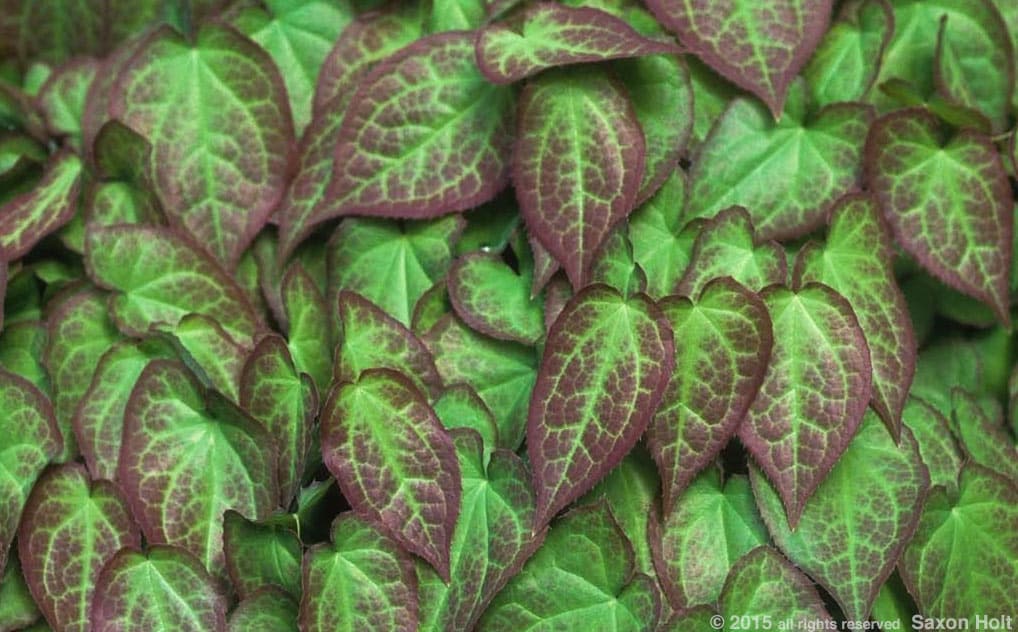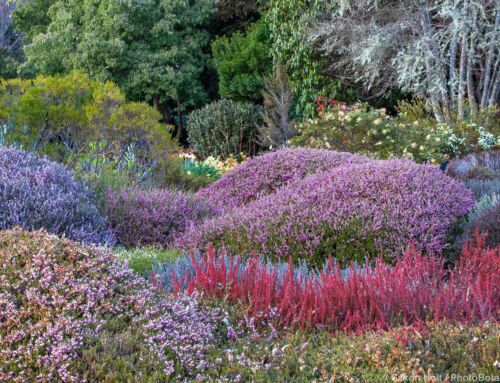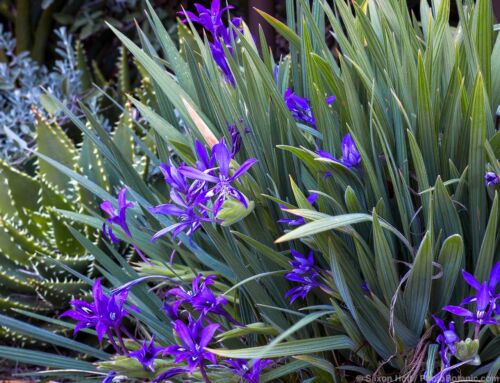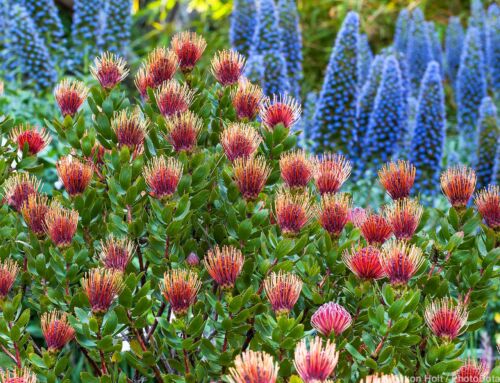Dry shade is said to be difficult for gardeners. But shade, even deep shade, provides singular opportunities not available to those who garden in hot sun.
Epimediums are a carefree, long-lived, and distinguished choice for dry shade. Their oval to heart-shaped leaves are outstanding combined with shade-tolerant plants such as strap-leaved irises, lacy ferns, or cool-season grasses such as fescues.
Once established, many epimediums will get by happily with little to no summer water in part to full shade. They compete well with tree roots where other plants fail.
If cut back in winter, they are refined enough for close-up viewing, such as along a well traveled path. Or they can be let go, completely, in an untended area of the garden.
Epimediums do seem to require soil that is rich in organic matter. They are best in “old” undisturbed soils with a long-time accumulation of leaves or needles. They are perfect, therefore, for the notoriously neglected woodland portion of my sloping northeast-facing lot.
Delicate-looking sprays of white, yellow, orange, rose-pink, lavender, or purple flowers appear in spring before, along with, or after new leaves. On some varieties the individual flowers resemble tiny daffodils. Others are almost spidery, with long spurs, like miniature columbines. From a distance the effect is airy and floating, like heuchera without the deer.
Leaves are evergreen to semi-deciduous or deciduous on thin, wiry stems. On some plants the leaves are densely overlapping. Others are sparse but charming in a wild, naturalistic sort of way. New growth may be bronzy or reddish, turning green in summer, then bronzy again in fall.
Plants spread slowly by underground rhizomes, mounding from a few inches to a foot tall. My plants, which I think are Epimedium x versicolor ‘Sulphureum’, have spread no more than four or five feet in more than a dozen years. It’s likely that faster growth and wider spreading would result if plants were given some summer water.






Great info ! Thanks